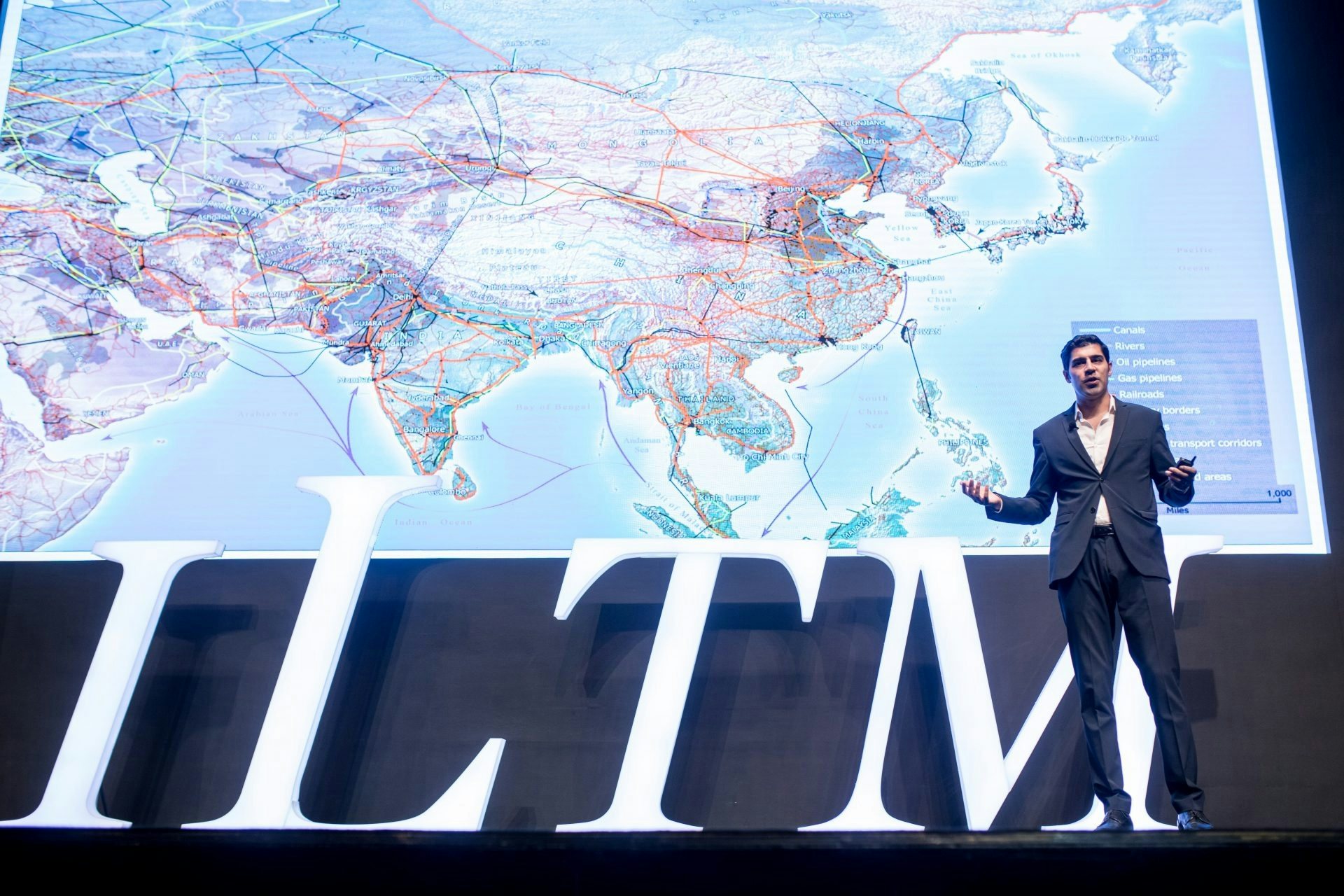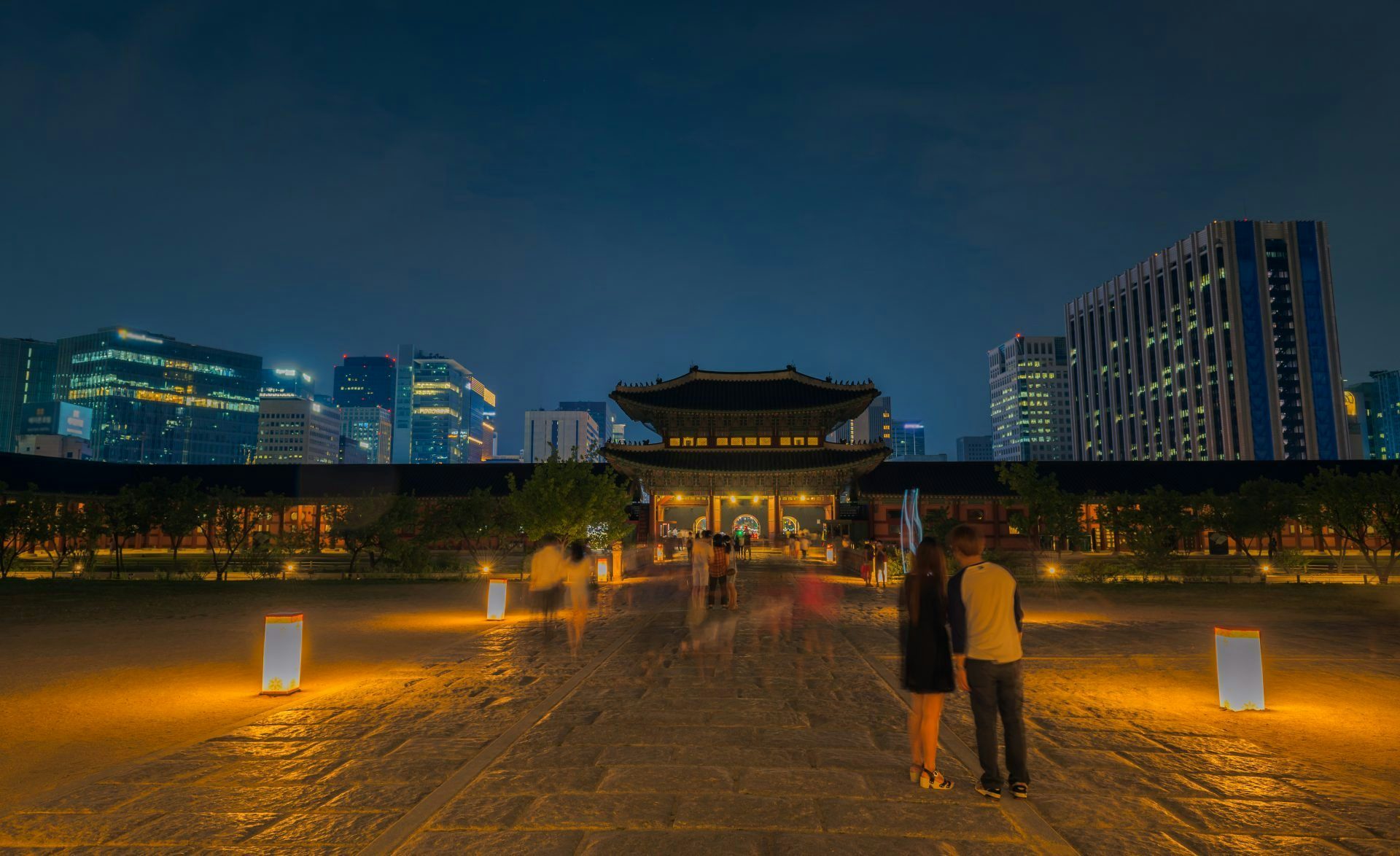For much of the 20th century Asia has been the destination for capital flows and tourism. Now almost two decades into the 21st century and with globalization in full swing, it is increasingly becoming a source of both capital and tourists. While in Shanghai attending this year's ILTM conference, Daniel Meesak of Jing Travel sat down with Dr. Parag Khanna, Senior Research Fellow at the Centre on Asia and Globalisation at the Lee Kuan Yew School of Public Policy at the National University of Singapore, to discuss how these global and regional trends could affect tourism in the coming years.
Interview Highlights#
On regional Asian tensions and their impact on tourism#
Despite all of the bad press that Asia gets around geopolitical tensions like North Korea, which is a highly overrated country to say the least, or tensions that exist between the great powers in the region like China and Japan, Japan and Korea, China and India, and the South China Sea, despite all of that and the bad news around those risks, and then there’s the economic risks like the taper tantrum and the impact that rising US interest rates have on Asia, despite all of that, Asia is going great guns. All of the fastest growing economic regions and subregions in the world are in this hemisphere. It’s China itself; it’s Southeast Asia, and so forth. The pillars of global growth, pillars of world economic growth, and world trade growth, are all in Asia.
So part of what I do, is to correct the bad news. I feel like that has to be done, just to remind people that may be coming from far away, from the US or Europe who may be less familiar with Asia, that that part of the narrative is really something that we take for granted here. We know that things are not really as bad as our own native press make them out to be…it is beyond any dispute what the last 60,000 years of history have brought in terms of global infrastructure, spending, and connectivity. … These categories of connective infrastructure, transportation, energy, communications, are incredibly robust and we underestimate the extent to which they promote an acceleration of globalization rather than deceleration.
If you’re a traveler fundamentally, like me, you know these things. You know them to be true…anyone who looks at the bilateral economic and diplomatic relations, between China and South Korea, China and Vietnam, China and Japan and all of these other relationships would not hesitate to predict it will just normalize, as it tends to.…there’s a sense that what’s happening now is higher stakes…but the counterbalancing forces are a lot stronger, the economies are a lot more integrated, there’s a lot more mutual benefit commercially…I’m not aware of a case where in the long-run a country rejects an entire nationality of tourists because in the end having more visitors and having more revenue…more hard currency come in is better than not having it.”
On One Belt One Road and its Implications for Asian Tourism#
As we know, the travel, tourism, and hospitality sector is one of the biggest employment generators on the planet…one of the largest pillars or verticals of real GDP in the world, some say ten percent or more of global GDP comes from these industries…whereas Germany as a country and Europe as a whole have been the driver for global tourism dollar spending for a long, long time, obviously Asia now, with China as the key driver, are matching that or even exceeding that..
Tourism is an industry that will, in an auxiliary way, benefit from this greater connectivity [of One Belt One Road]. It will benefit more and more over time, as the volume of the tourists using these high speed railways, better airports, and so forth...it will benefit as these countries [in Central and South Asia] modernize and become more attractive to visitors, and become safer too, in the case of a country like Pakistan. But let’s not call it a main benefit just yet. They [Chinese government] did emphasize it…they went to great pains at the One Belt One Road summit in Beijing to emphasize cultural communications and harmony as a very important pillar of this but they did so mostly as a diplomatic cover. …
The mere presence of, the dangling of the Belt and Road and the funds available is getting countries to snap into line you know, countries that were really lazy about political reform, about investment regulation, about public safety, they’re like ‘Oh my God,' there’s all this money on the table but we’re only going to get if we clean up our act. That’s really what I see happening in every single country, one at a time…it’s an incentive. Everyone wants to be recognized and honored that wealthy Asians have decided to come to their country as opposed to just going to Paris and that day is coming.
On the Potential for the Growth of Luxury Travel and Tourism in OBOR Central Asian Countries#
I could really imagine, especially in the two biggest countries in that part of the world, Kazakhstan and Uzbekistan have and are building very good infrastructure, have plenty of hotels. They could easily manage, like literally way more than 20 to 30 times the number tourists they now get. They almost get none. When I’ve gone to Uzbekistan, I’ve been the only guest in a hotel that had way over 500 rooms. That’s actually happened to me, so it’s really weird. So let’s imagine that hotel full, let’s imagine five more like it.. … So Asians are going to wake up to these places.
Dr. Parag Khanna is Managing Partner of Hybrid Reality Pte Ltd, a boutique strategic advisory firm, and Senior Fellow at the Lee Kuan Yew School of Public Policy at the National University of Singapore.


